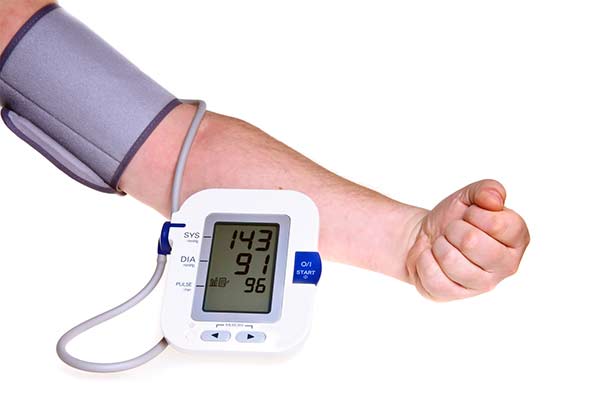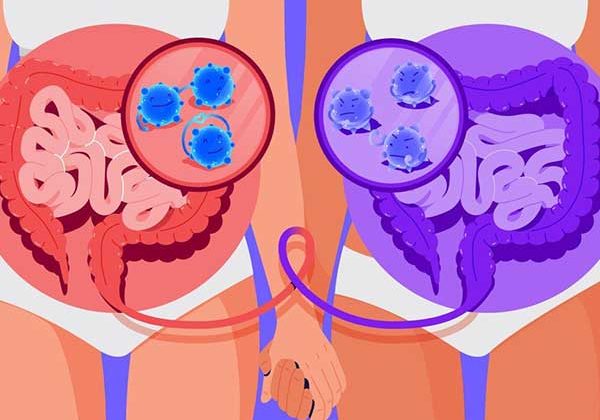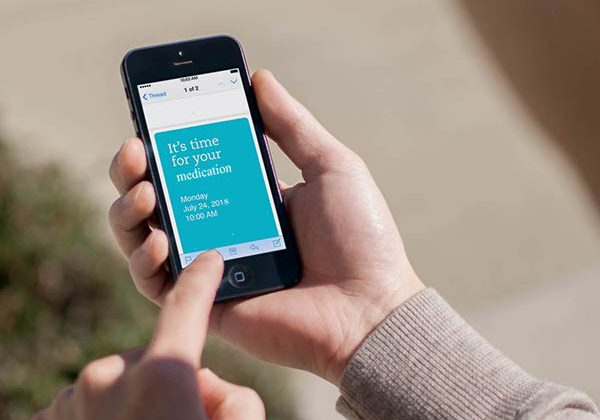Some health care professionals use outdated guidelines to screen and diagnose hypertension
Results of a survey show that some health care professionals are not following evidence-based guidelines, potentially leading to under and overdiagnosis of hypertension. 24-hour ambulatory blood pressure monitoring and home blood pressure monitoring are recommended before diagnosing hypertension; however, most health care professionals are using in-clinic measurements.
A survey revealed that the majority of health care professionals are not following current, evidence-based practices to screen and diagnose hypertension, and a separate study found that using an automated, office blood pressure (AOBP) monitor may not be optimal in determining a new case of hypertension, according to new research presented at the virtual American Heart Association’s Hypertension 2020 Scientific Sessions.
Blood Pressure Checks And Diagnosing Hypertension: Provider Knowledge, Beliefs And Practices
The 2017 American Heart Association/American College of Cardiology Guideline for the Prevention, Detection, Evaluation, and Management of High Blood Pressure in Adults recommends the use out-of-office blood pressure measurements such as ambulatory blood pressure monitoring (ABPM) before making a new diagnosis of hypertension. However, researchers in this study note this approach is not common in routine practice.
Researchers developed a survey for health care professionals to evaluate their knowledge, beliefs and practices regarding current hypertension diagnostic tests. In total, 282 professionals across 10 primary care medical centers responded. Survey results indicate:
79% of professionals believe that blood pressure measured manually with a stethoscope is a very or highly accurate way to assess blood pressure;
More than 96% of health care providers reported that they always or almost always relied on clinic blood pressure measurements in making a new diagnosis of hypertension;
However, 60% of physicians would prefer using ABPM if available.
“We were surprised that blood pressure measurements taken manually with a cuff and stethoscope was the most trusted method, and most often utilized when making a new diagnosis of hypertension,” said Beverly Green, M.D., M.P.H., lead author of the study, a family physician at Kaiser Permanente Washington, a senior investigator at Kaiser Permanente Washington Health Research Institute, associate clinical professor at the University of Washington School of Medicine. “Additionally, most physicians and advanced practitioners thought the threshold for high blood pressure for 24-hour ambulatory or home blood pressure monitoring was>140/90 mm Hg, which does not reflect the updated new ACC/AHA [issued in 2017] or prior hypertension guidelines.”
According to the American Heart Association/American College of Cardiology Guideline for the Prevention, Detection, Evaluation, and Management of High Blood Pressure in Adults, hypertension should be defined as ≥130/80 mm Hg. Researchers noted that this study began before the updated ACC/AHA guidelines were released in 2017, and at that time, ≥140/90 mm Hg was the appropriate criteria. Limitations to this study include a small sample size, yet researchers note that having survey respondents from multiple centers helps to strengthen the sample.
Source: American Heart Association
Full bibliographic information
American Heart Association Hypertension Scientific Sessions 2020 –
Blood Pressure Checks And Diagnosing Hypertension: Provider Knowledge, Beliefs, And Practices





